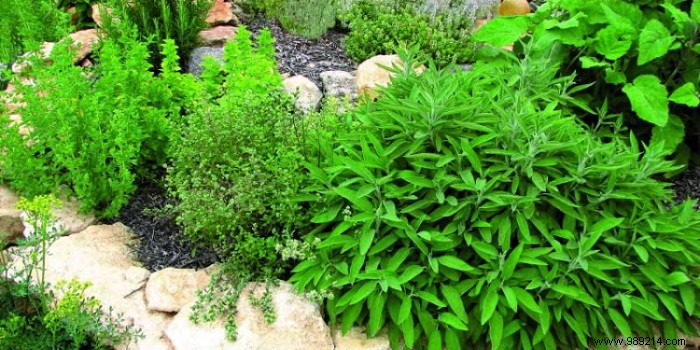
Having a medicinal garden at home is a dream you can achieve. Whether in pots or in the yard, medicinal plants have many extraordinary properties. They ensure both well-being and cure everyday ailments.
To do this, you have to set up a small corner of your garden and sow the famous healing plants there. Here are some recommendations to successfully complete this new challenge.
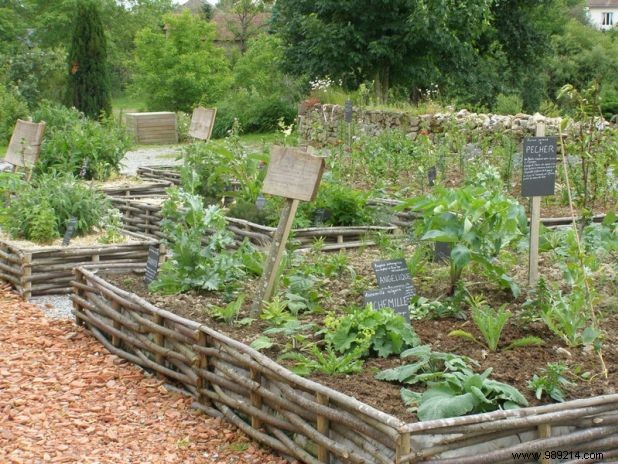
You have several options for starting your nursery. The first step is to choose the varieties and plant species you need.
If you have a somewhat narrow space, it is better to favor plants with multiple uses and which treat common ailments. Opt for useful plants in infusion such as Roman chamomile, spearmint, true lavender, sage or even verbena.
You can also sow aromatic and condiment plants which also have therapeutic properties. Hyssop fights bronchial ailments and enhances sauces in the kitchen.
Lemon balm is used as a salad dressing and fights nervous and digestive disorders.
Thyme, on the other hand, fights colds and is often used in bouquets garnis that add flavor to dishes.
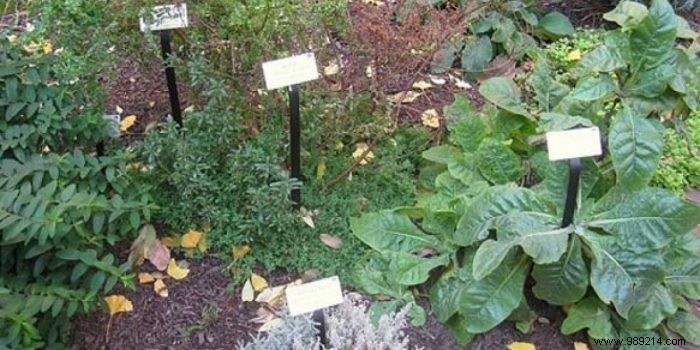
Medicinal plants are easy to grow. They require little maintenance and do not require any chemical treatment. The only thing you have to respect is to choose seeds adapted to the type of soil in your garden. Thus, your plants will be able to flourish and develop without you having to provide too much special care.
If you live in a humid area, favor plants such as lemongrass, marshmallow, valerian or angelica. For dry areas, adopt Absinthe, hyssop, yarrow, mallow, for example. This type of vegetation adapts easily to its environment and requires very little watering.
For pot culture, it is necessary to water well and add a little compost made from sheep and shrimp manure, just after planting. If possible, add peat moss and vermiculite.
The majority of annual plants are grown in pots, namely:parsley, basil, mint and verbena. However, you can always refer to the indications on the sachets.
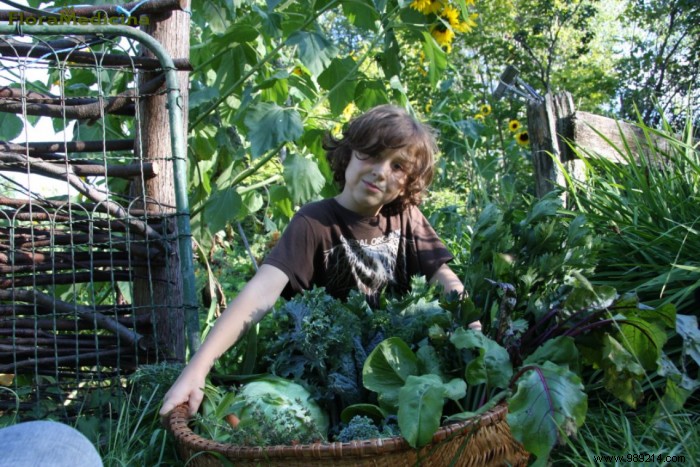
Harvesting is done in different stages depending on the variety of the plant in question. In herbal medicine you can use the roots, leaves, flowers and seeds.
Picking is done when the useful parts are still very fresh. You can cut the flowers when they are barely open. The leaves are picked up when they are green and fragrant.
To avoid damaging the plant, use well-adapted gardening accessories such as pruning shears or sharp scissors. This ensures rapid healing of the plant, while preventing the spread of disease.
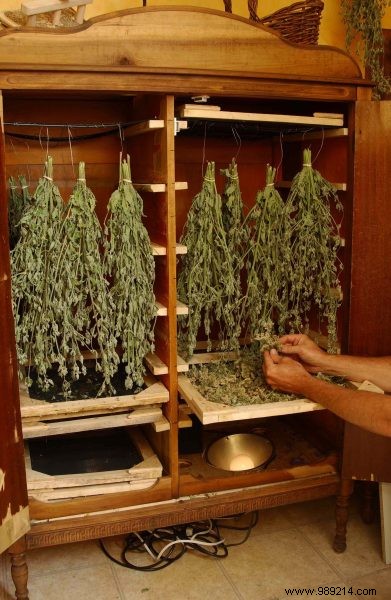
Once the harvest is complete, put the leaves and flowers in a large basket, preferably wicker. This step makes it possible to better preserve the virtues of the plants and to avoid their fermentation.
Then, dry them directly in a dry and ventilated place. Spread the leaves on a flat surface in a single layer. Make sure the room is dark and out of direct sunlight. The room temperature should be between 26 and 33°C.
After a few days, place the dried plants in an airtight glass jar, to store in a place away from light. Never put the containers in a damp corner, as this encourages the formation of mold.
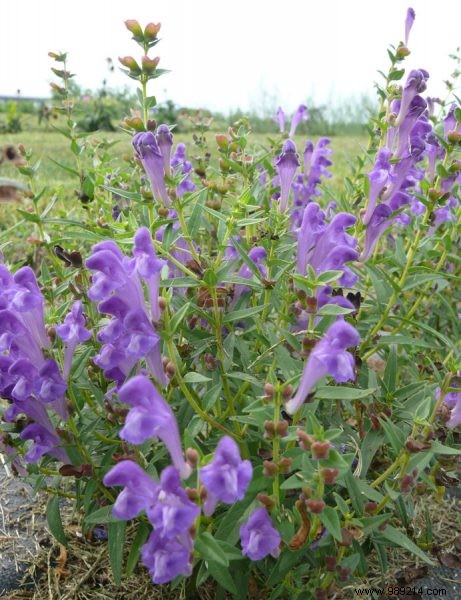
To facilitate the arrangement of your garden, you can group the plants. Start by gathering in the same corner those who have the same properties. Thus, it will be more practical for you to identify the plants that relieve specific ailments.
For example, to treat gastric reflux, constipation and problems related to the digestive system, grow German chamomile, marshmallow or mountain knapweed.
Marigold, arnica and comfrey treat eczema, acne and scratches. To alleviate asthma attacks, sinusitis and bronchitis, do not hesitate to sow the seeds of hyssop, grindelia, elecampane or milkweed.
If you want to boost your immune system, plant Echinacea and Skullcap.